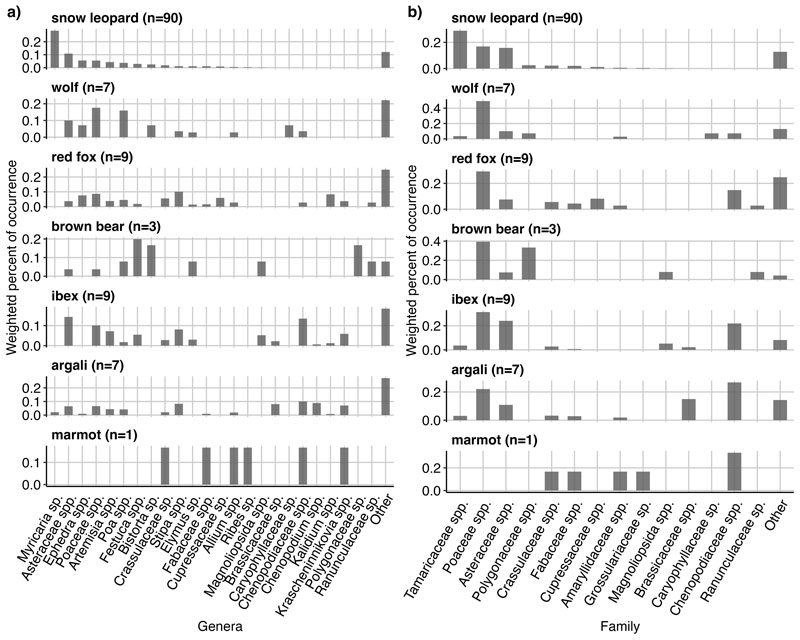2024-05-29 カナダ・ブリティッシュコロンビア大学(UBC)
◆研究は、ハチドリが花の近くでホバリングする際のメカニズムを解明し、動物福祉や将来の触覚技術に役立つ可能性があります。研究者たちは、空気を吹きかけたり、綿棒で翼を軽く触れたりして、ハチドリの脳の反応を計測しました。結果、ハチドリの脳が3Dの体マップを作成し、特定の羽や足、嘴、顔などの神経細胞が空気圧を検出することが判明しました。
◆この発見は、ハチドリがホバリング中に触覚を利用してバランスを取っている可能性を示唆しています。さらに、この研究は、異なる動物がどのように触覚をマッピングするかを理解することで、義肢や自律デバイスなどの触覚技術の進歩につながる可能性があります。
<関連情報>
- https://news.ubc.ca/2024/05/hummingbirds-have-feelings-too/
- https://www.cell.com/current-biology/fulltext/S0960-9822(24)00595-5
ハチドリとシマフクロウの前脳における触覚表現の変化(Variations in touch representation in the hummingbird and zebra finch forebrain)
Andrea H. Gaede,Pei-Hsuan Wu,Duncan B. Leitch
Current Biology Published:May 29, 2024
DOI:https://doi.org/10.1016/j.cub.2024.04.081
Highlights
- Somatosensation provides critical information for behaviors necessary for survival
- Hummingbird and finch forebrain cells respond to fine tactile stimuli such as airflow
- Both species show distinct body and head representations in separate forebrain areas
- Found continuous somatotopic maps with prominent representations of wing/foot
Summary
Somatosensation is essential for animals to perceive the external world through touch, allowing them to detect physical contact, temperature, pain, and body position. Studies on rodent vibrissae have highlighted the organization and processing in mammalian somatosensory pathways.1,2Comparative research across vertebrates is vital for understanding evolutionary influences and ecological specialization on somatosensory systems. Birds, with their diverse morphologies, sensory abilities, and behaviors, serve as ideal models for investigating the evolution of somatosensation. Prior studies have uncovered tactile-responsive areas within the avian telencephalon, particularly in pigeons,3,4,5,6parrots,7and finches,8but variations in somatosensory maps and responses across avian species are not fully understood. This study aims to explore somatotopic organization and neural coding in the telencephalon of Anna’s hummingbirds (Calypte anna) and zebra finches (Taeniopygia guttata) by using in vivo extracellular electrophysiology to record activity in response to controlled tactile stimuli on various body regions. These findings reveal unique representations of body regions across distinct forebrain somatosensory nuclei, indicating significant differences in the extent of areas dedicated to certain body surfaces, which may correlate with their behavioral importance.
Graphical abstract



